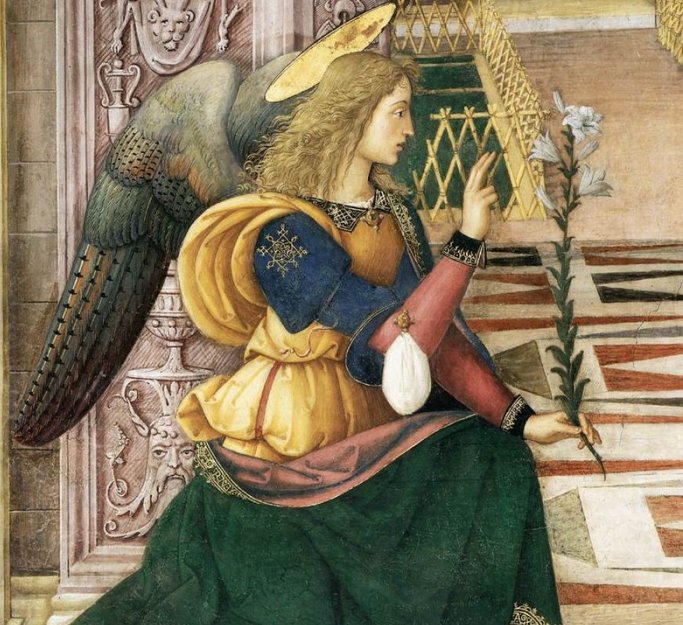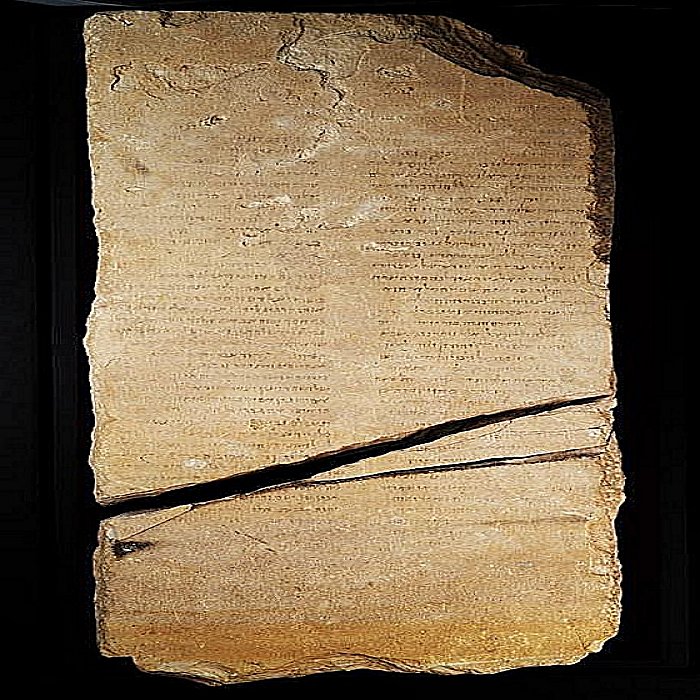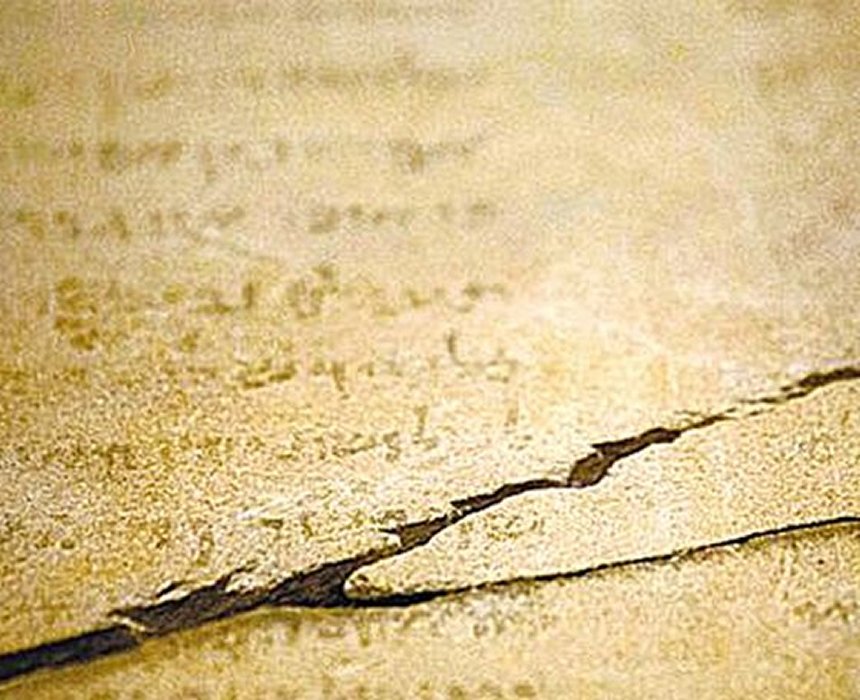Mystery Of The Second Gabriel Stone And The Man Resurrected By Archangel Gabriel
A. Sutherland - AncientPages.com - In the three monotheistic faiths, Gabriel's role - as a messenger to humans from God - was crucial.
The angel Gabriel (“man of God” or “strength of God”) is remembered as the angel who told Mary she would give birth to the Son of God, as the angel of the annunciation. Gabiel is the one who revealed that the Savior was to be called “Jesus” (Luke 1:31) but his first biblical appearance is recorded in Daniel 8:16, when he is told to explain a vision to the prophet.
No doubt, all artifacts that can be related to the angel Gabriel, who was entrusted to deliver many important messages on God’s behalf, have great significance to researchers dealing with biblical archaeology.
Apocalyptic text is inscribed with ink in Hebrew over a large stone. It's the Gabriel Revelation - first published in 2007.
It was discovered around the year 2000 in Jordan near the eastern shore of the Dead Sea.
The so-called Gabriel Stone is authentic and very important for understanding the true roots of Jesus Christ's messianic conception.
However, this ancient tablet with messianic overtones, which according to general beliefs, originates from before the time of Christ, has been debated in archaeological and biblical circles.
While one scholar claims the find could “shake our basic view of Christianity,” a Catholic Professor of Scripture suggests the tablet is actually evidence for the historical probability of Christian belief.
Gabriel Stone remains a priceless and unique 2,000-year-old stone artifact, which traces depictions of the Archangel Gabriel in Jewish, Christian and Islamic sacred writings scriptures. The stone is cut on one side, along which two columns - 16 cm wide and about 75 cm in height - are covered with text.
The columns are separated by a gap approximately 3.5 cm wide.
See also:
Qumran: The Dead Sea Scrolls And Their Connection To Enigmatic Essenes
Baffling Copper Scroll – A Treasure Map Leading To A Secret Lost Temple?
Biblical City Of Gezer: Important Ancient City Mentioned In The Amarna Letters
The inscription is composed of 47 horizontal lines and four vertical lines fixing the columns' borders.
A three-foot-tall tablet contains the text composed of 87 lines of which 44 are in the right-hand column and 43 in the left-hand column. The last two lines of the left-hand column are much shorter than the rest, and their ending is marked by diagonal lines.
It's uncertain if the text begins with the first line of the right-hand column. Was it preceded by text that is now lost? Or was it so that the whole composition was comprised of an additional stone or perhaps even more stones?
However, no traces of binding substance (like for example cement) was discovered by archaeologists on it.
The Hebrew text is written in the first person that identifies himself three times in the first-person: "I am Gabriel". He converses with a human figure – a visionary or prophet – to whom he, Gabriel, is apparently communicating a vision.
The text - very prophetic and apocalyptic - also expresses anxiety over the fate of Jerusalem and reflects the crucial role of angels as intermediaries. It's an attack on Jerusalem and the hope that God will see to the city's deliverance for the sake of his servant David, perhaps referring to the Messiah of Davidic descent.
The Gabriel Revelation stone is believed to be the first example of the angel's name appearing in ink on stone, although earlier mentions of his name are found in the Dead Sea scrolls.
At the same time, museum director James Snyder said that "the Gabriel Revelation stone is, in a way, like a Dead Sea scroll written on stone and it's unique in that respect."
Controversy over the exact nature of the stone's text remains. The second or even several "Gabriel Stone" fragments may still be out there, waiting to be discovered.
Based on analysis of linguistic patterns and the shape of the script of The Gabriel Revelation stone, the inscription is a pre-Christian text, written at the end of the first century BC (around the time of Jesus Christ's birth).
The first part of the sacred inscription has the apocalyptic character; it's about the ultimate destiny of mankind and the world; vanquishing of the Antichrist and its forces of evil. The second part focuses on death and resurrection. The text refers to three leaders - shepherds - sent by God to His people, who were killed in battle.
Interesting are the words in the last part of the inscription. These words are the words of the Archangel Gabriel who orders his mysterious and unknown interlocutor - to return to life after three days and says: "By three days, live."
The Gabriel's order written in the 80th line of the inscription, is followed by the further line that states that a leader - a "prince of the princes" - was put to death, and his corpse turned to dung among the rocky crevices.
Researchers have long debated: who is the man resurrected by Archangel Gabriel?
Written by – A. Sutherland AncientPages.com Senior Staff Writer
Copyright © AncientPages.com All rights reserved. This material may not be published, broadcast, rewritten or redistributed in whole or part without the express written permission of AncientPages.com
Expand for referencesReferences:
Knohl I. Messiahs and Resurrection in 'The Gabriel Revelation'
More From Ancient Pages
-
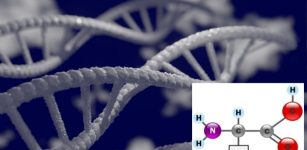 New Chemical Reactions To Generate Building Blocks Of Proteins And DNA – Discovered
DNA | Jul 29, 2022
New Chemical Reactions To Generate Building Blocks Of Proteins And DNA – Discovered
DNA | Jul 29, 2022 -
 Pancho Villa – Mexico’s Robin Hood – A Ruthless Bandit Or A Hero?
Featured Stories | Jul 1, 2023
Pancho Villa – Mexico’s Robin Hood – A Ruthless Bandit Or A Hero?
Featured Stories | Jul 1, 2023 -
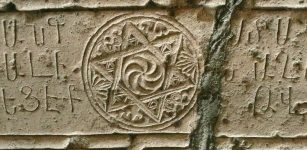 Ancient Iconic Armenian Wheel Of Eternity Depicted Inside A Six Pointed Star
Ancient Symbols | Feb 27, 2017
Ancient Iconic Armenian Wheel Of Eternity Depicted Inside A Six Pointed Star
Ancient Symbols | Feb 27, 2017 -
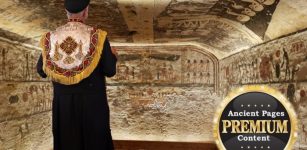 Ancient Manuscript In Museum Reveals Discovery Of Objects Unknown To Modern Science – Coptic Secrets And Guardians Of Treasures – Part 2
Featured Stories | Apr 11, 2021
Ancient Manuscript In Museum Reveals Discovery Of Objects Unknown To Modern Science – Coptic Secrets And Guardians Of Treasures – Part 2
Featured Stories | Apr 11, 2021 -
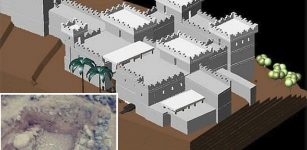 Cursed Biblical City Bethsaida May Have Been Found – But Scientists Argue About The Discovery
Archaeology | Sep 1, 2020
Cursed Biblical City Bethsaida May Have Been Found – But Scientists Argue About The Discovery
Archaeology | Sep 1, 2020 -
 Where Is The Grave Of Queen Boudica?
Ancient History Facts | Aug 15, 2017
Where Is The Grave Of Queen Boudica?
Ancient History Facts | Aug 15, 2017 -
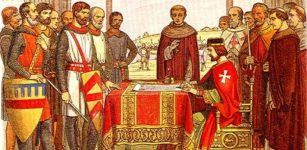 On This Day In History: King John Of England Died – On Oct 19, 1216
News | Oct 19, 2017
On This Day In History: King John Of England Died – On Oct 19, 1216
News | Oct 19, 2017 -
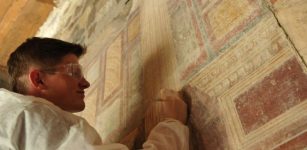 Poles conduct mural restoration in the villa buried by the ashes of Vesuvius
News | Aug 26, 2015
Poles conduct mural restoration in the villa buried by the ashes of Vesuvius
News | Aug 26, 2015 -
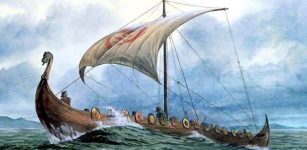 Long Serpent: Most Famous Viking Longship Of King Olav Tryggvason Of Norway And Its Fate
Featured Stories | Jun 7, 2017
Long Serpent: Most Famous Viking Longship Of King Olav Tryggvason Of Norway And Its Fate
Featured Stories | Jun 7, 2017 -
 How Early Farmers In Scandinavia Overcame Climate Change
Archaeology | Dec 19, 2023
How Early Farmers In Scandinavia Overcame Climate Change
Archaeology | Dec 19, 2023 -
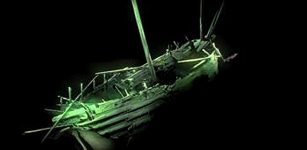 Still Intact Renaissance Shipwreck Discovered On The Baltic Seabed
Archaeology | Jul 24, 2019
Still Intact Renaissance Shipwreck Discovered On The Baltic Seabed
Archaeology | Jul 24, 2019 -
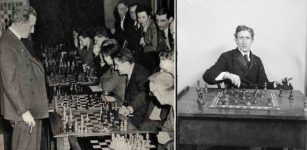 On This Day in History: Brilliant U.S. Chess Champion F. J. Marshall Plays 105 Games Simultaneously – On Mar 21, 1916
News | Mar 21, 2017
On This Day in History: Brilliant U.S. Chess Champion F. J. Marshall Plays 105 Games Simultaneously – On Mar 21, 1916
News | Mar 21, 2017 -
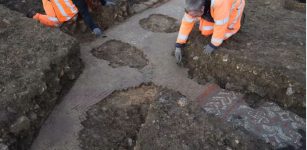 Stunning Colorful Ancient Roman Mosaic With Found Under Aldi Supermarket Site In UK
Archaeology | Mar 20, 2023
Stunning Colorful Ancient Roman Mosaic With Found Under Aldi Supermarket Site In UK
Archaeology | Mar 20, 2023 -
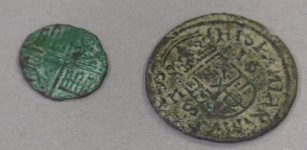 Ancient Roman Coins Discovered In Utah Could Re-Write History But Are They Authentic?
Archaeology | Apr 23, 2019
Ancient Roman Coins Discovered In Utah Could Re-Write History But Are They Authentic?
Archaeology | Apr 23, 2019 -
 Time Capsule: Sunken Ancient City Of Baiae
Archaeology | Mar 27, 2014
Time Capsule: Sunken Ancient City Of Baiae
Archaeology | Mar 27, 2014 -
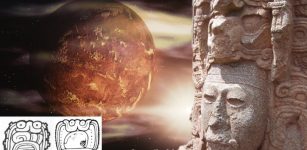 Mysterious Ancient Maya ‘Star War’ Glyph And Its Possible Connection To Venus
Archaeoastronomy | Feb 20, 2019
Mysterious Ancient Maya ‘Star War’ Glyph And Its Possible Connection To Venus
Archaeoastronomy | Feb 20, 2019 -
 People Have Two Souls – Native American And Pre-Christian Beliefs Reveal
Featured Stories | Apr 8, 2020
People Have Two Souls – Native American And Pre-Christian Beliefs Reveal
Featured Stories | Apr 8, 2020 -
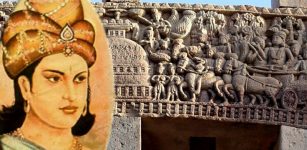 How Great Emperor Ashoka Realized And Showed All Living Beings Matter
Featured Stories | Mar 4, 2021
How Great Emperor Ashoka Realized And Showed All Living Beings Matter
Featured Stories | Mar 4, 2021 -
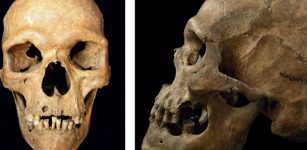 Oldest Case Of A Rare Genetic Condition Discovered
Archaeology | Aug 27, 2022
Oldest Case Of A Rare Genetic Condition Discovered
Archaeology | Aug 27, 2022 -
 Innocent-Looking Japanese War Fan – Surprise Weapon Used By The Samurai And Female Ninja
Ancient History Facts | Mar 29, 2018
Innocent-Looking Japanese War Fan – Surprise Weapon Used By The Samurai And Female Ninja
Ancient History Facts | Mar 29, 2018

